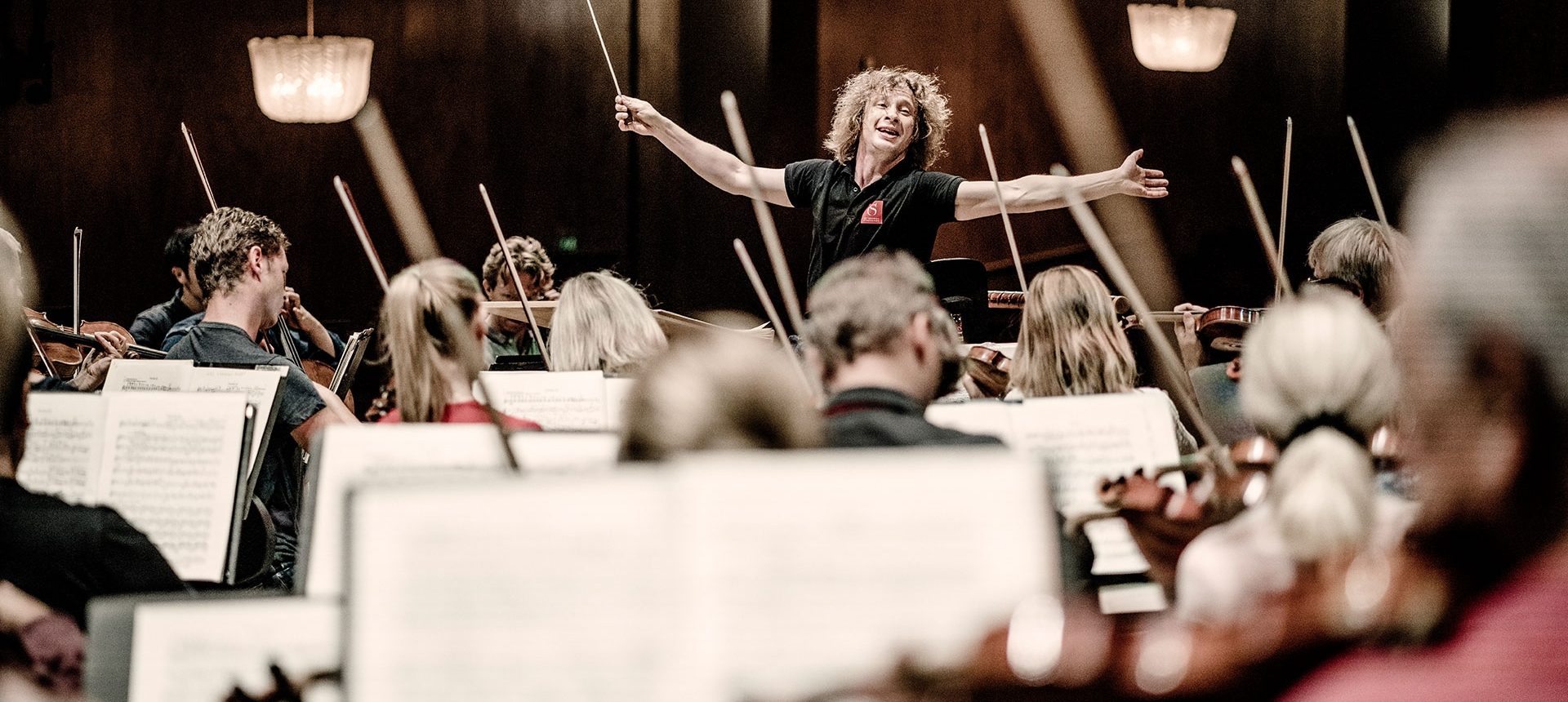Santtu-Matias Rouvali is our Chief Conductor from the 2017-2018 season. Barbara Hannigan and is the orchestras Principal Guest Conductor from season 2019-2020. Scroll down the list of conductors that are or have been extra close to us!
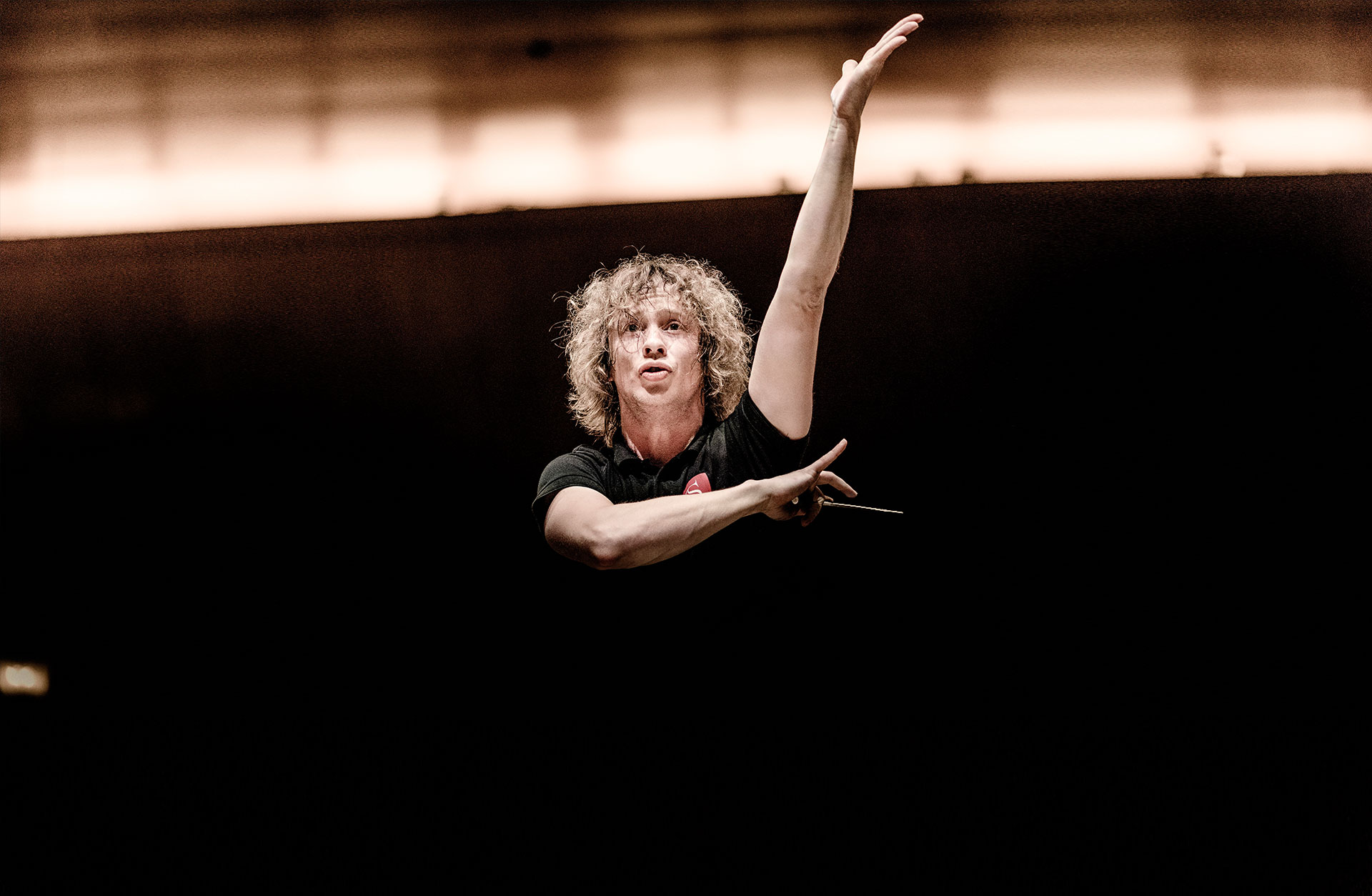
Santtu-Matias Rouvali 2017-
Santtu-Matias Rouvali is Chief Conductor of Gothenburg Symphony since 2017, and the contract has been extended to 2025. The collaboration has been an overwhelming national and international success, with a string of lauded concerts and tours in the Scandinavian capitals and in Germany/Austria. His is a unique combination of genuine musicality and exceptional technical control: “…he is the real thing: music unmistakably flows from him.” (Sunday Times).
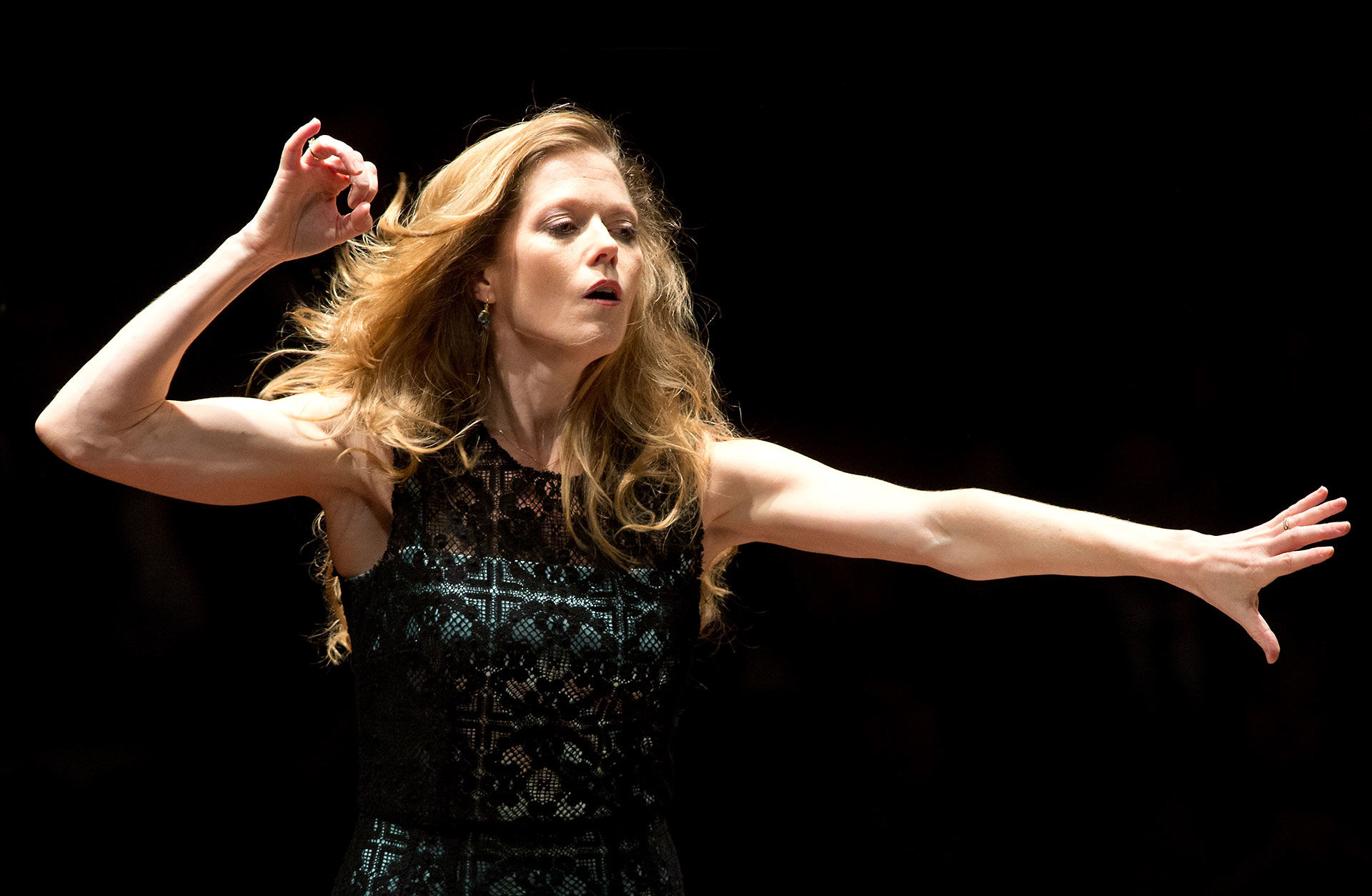
Barbara Hannigan 2019-
Barbara Hannigan is the Gothenburg Symphony Orchestra’s Principal Guest Conductor since season 2019-2020. Hannigan has had a rewarding collaboration with Gothenburg Symphony for several years, from the first concert in 2013, when she sang and conducted, to repeated visits as a song soloist. In 2015-2016 she was the orchestra’s Artist in Residence and was able to showcase her entire creativity and versatility.
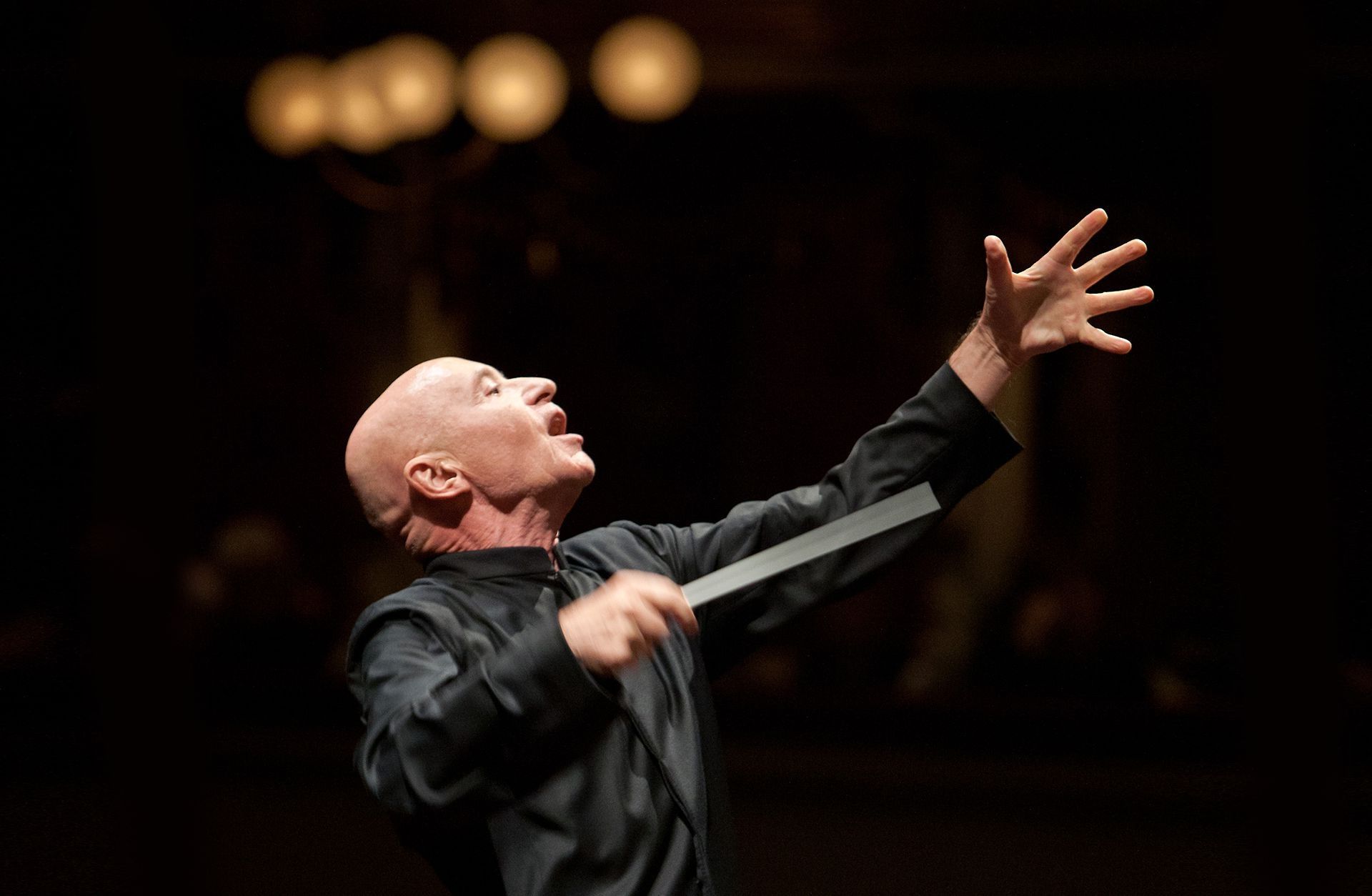
Christoph Eschenbach 2019-2022
Christoph Eschenbach became the Gothenburg Symphony Orchestra’s Principal Guest Conductor in the 2019-2020 season, sharing the role side-by-side with Barbara Hannigan. Together with Chief Conductor Santtu-Matias Rouvali, they form a strong artistic three-leaf clover – from three different generations, and with three unique sets of artistry bound by a shared passion for music. Following a long and successful career, Christoph Eschenbach belongs to the small, elite group of talented conductors who, due to their unique experience and insight, are highly sought after by the world’s leading orchestras. He has been Chief Conductor of the National Symphony Orchestra in Washington (the USA’s national orchestra) and the Philadelphia Orchestra, and he regularly collaborates with the Vienna Philharmonic.
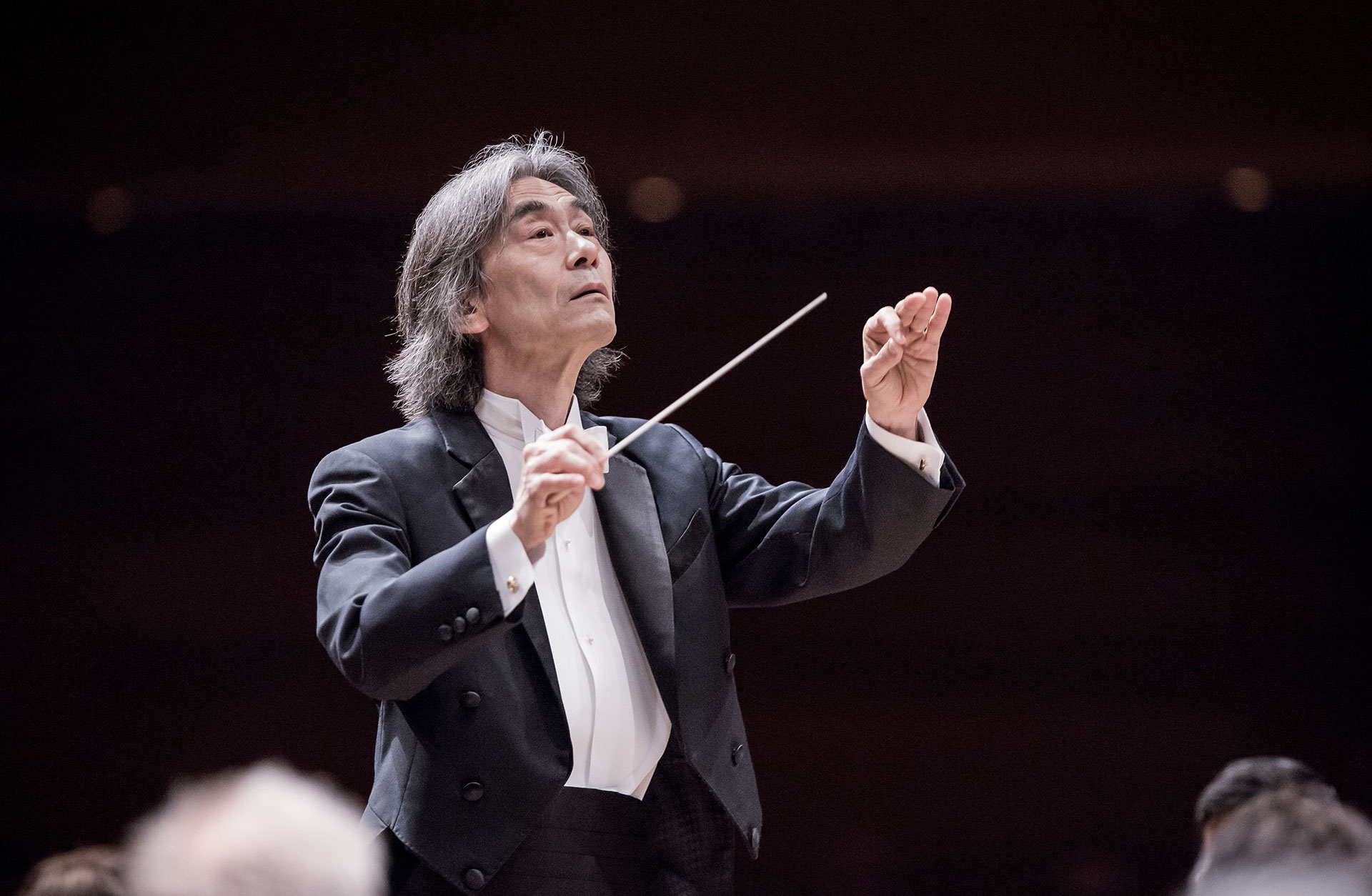
Kent Nagano 2013-2019
The American conductor Kent Nagano started as Principal Guest Conductor of the Gothenburg Symphony in the 2013-2014 season. He is at home in classical, romantic and contemporary music, has launched new and rediscovered music, and offered concert and opera visitors around the world fresh insights into the established repertoire. Since 2006, he has been Principal Conductor of the Orchestre Symphonique de Montréal (the Montreal Symphony Orchestra) and since 2015 Music Director of the Hamburg State Opera and the Hamburg Philharmonic Orchestra.

Gustavo Dudamel 2007-2012
Having performed more than 130 times with the Gothenburg Symphony Orchestra, Gustavo Dudamel (born 1981) is the most acclaimed conductor of our time. After his training in El Sistema, Venezuela’s famed music education programme, he became the principal conductor of the Simón Bolívar Orchestra in Caracas, and had his international breakthrough in 2004 when he won the Gustav Mahler Conducting Competition in Bamberg. In 2007, he became the principal conductor of the Gothenburg Symphony Orchestra, where he stayed until 2012, and in 2009 of the Los Angeles Philharmonic. In season 2026-27 he will become Music and Artistic Director at New York Philharmonic.
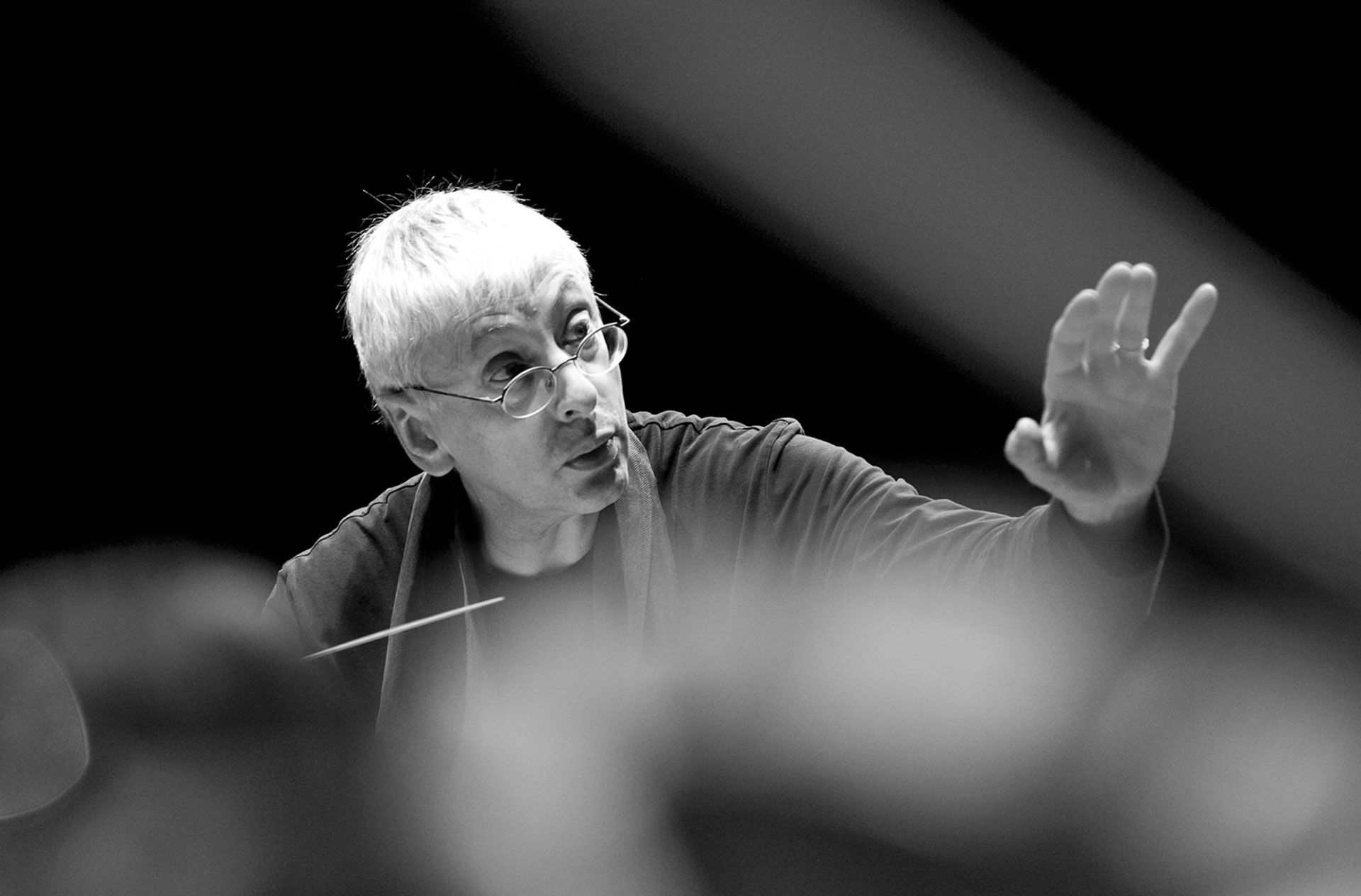
Mario Venzago 2004-2007
More than 100 performances with the Gothenburg Symphony Orchestra. Mario Venzago (born 1948) trained as a pianist in his hometown of Zürich, before taking conducting lessons from the legendary Hans Swarowsky in Vienna. During Mario Venzago’s tenure, the Gothenburg Symphony Orchestra developed a new sensitivity for the central European repertoire, with composers such as Schumann, Bruckner, Ravel, Schönberg, Berg and Janáček. His interpretations are characterised by their flexibility, precision and attention to detail.
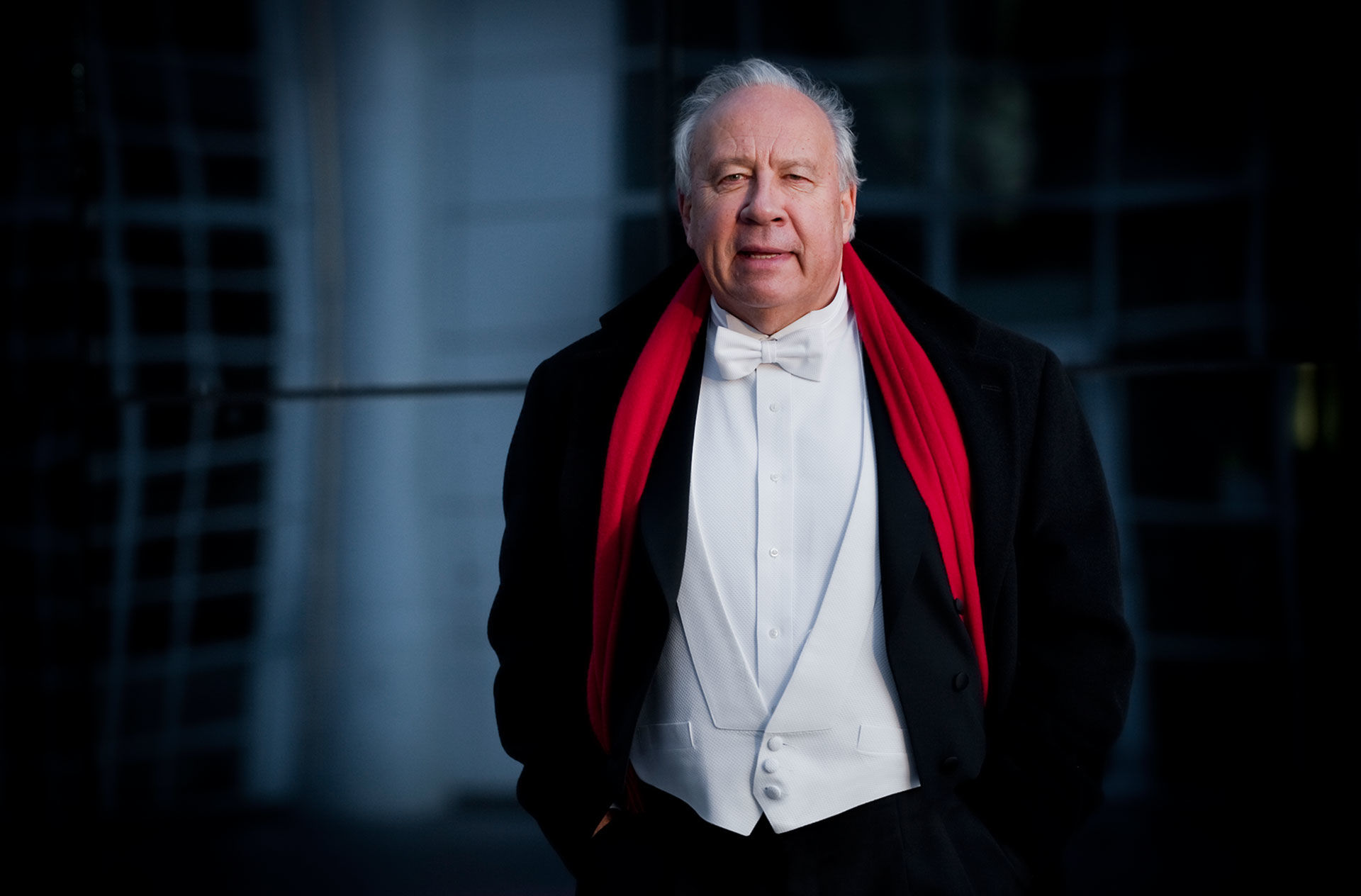
Neeme Järvi 1982-2004
More than 650 performances with the Gothenburg Symphony Orchestra. Neeme Järvi (born 1937) has been the principal conductor emeritus of the Symphony Orchestra since 2004. The Gothenburg Symphony Orchestra developed under the leadership of Neeme Järvi to become one of the foremost orchestras in Europe. During this illustrious era, Neeme Järvi and the Symphony Orchestra made around 100 recordings and toured in the USA, Europe and Asia. In 1997, the Gothenburg Symphony Orchestra was appointed as the National Orchestra of Sweden.
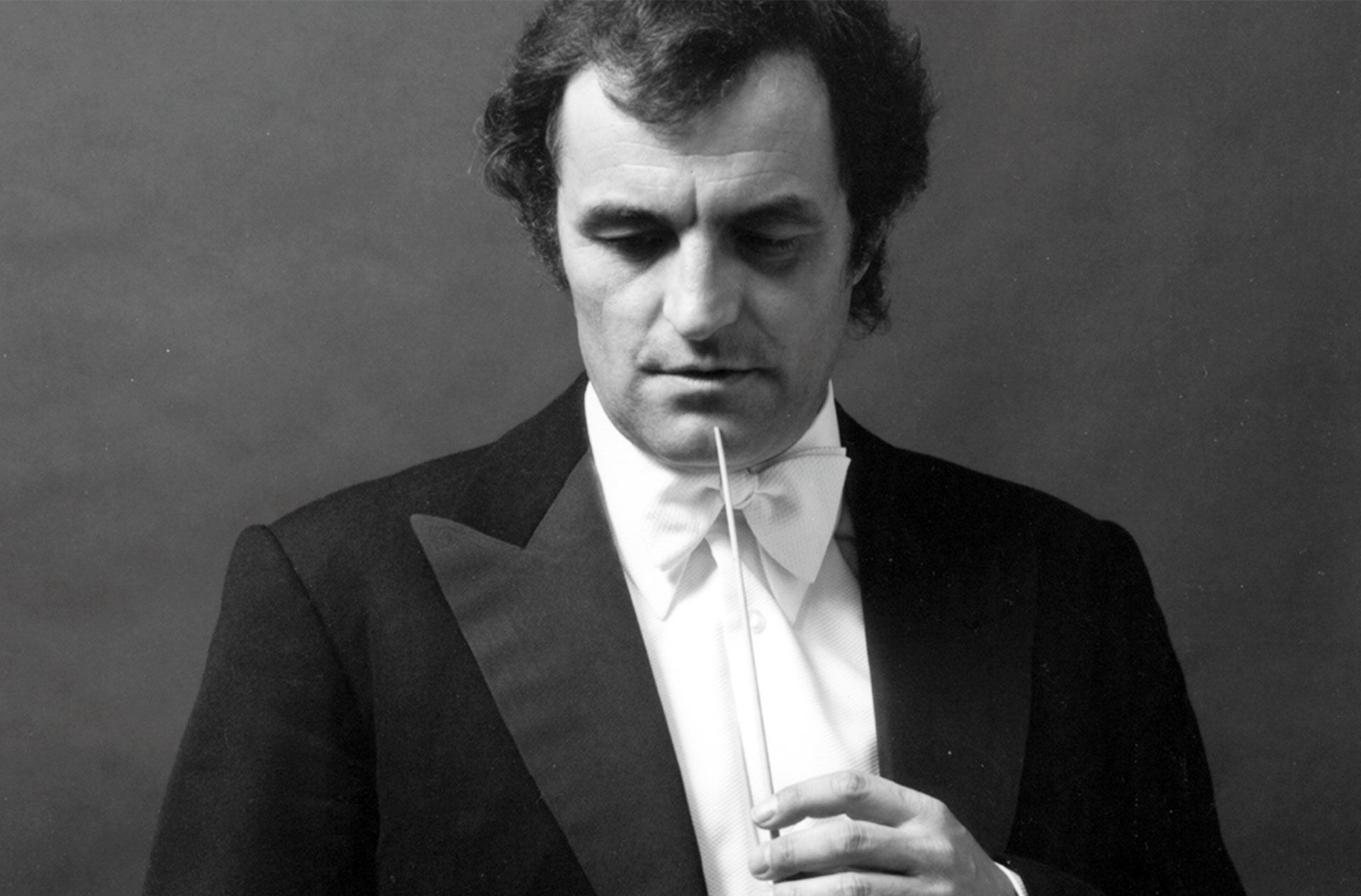
Charles Dutoit 1976-1979
60 performances with the Gothenburg Symphony Orchestra. Charles Dutoit conducted the Gothenburg Symphony Orchestra for the first time in October 1972. He was born in 1936 in Switzerland, where his received his musical training in composition, conducting, the violin and the piano. His international career gained momentum in the mid-1960s, when he was invited to Vienna by Herbert von Karajan. During his time in Gothenburg, Charles Dutoit liked to perform French music by renowned composers, such as Ravel and Debussy, but also less established names, such as Roussel and his countryman Honegger.
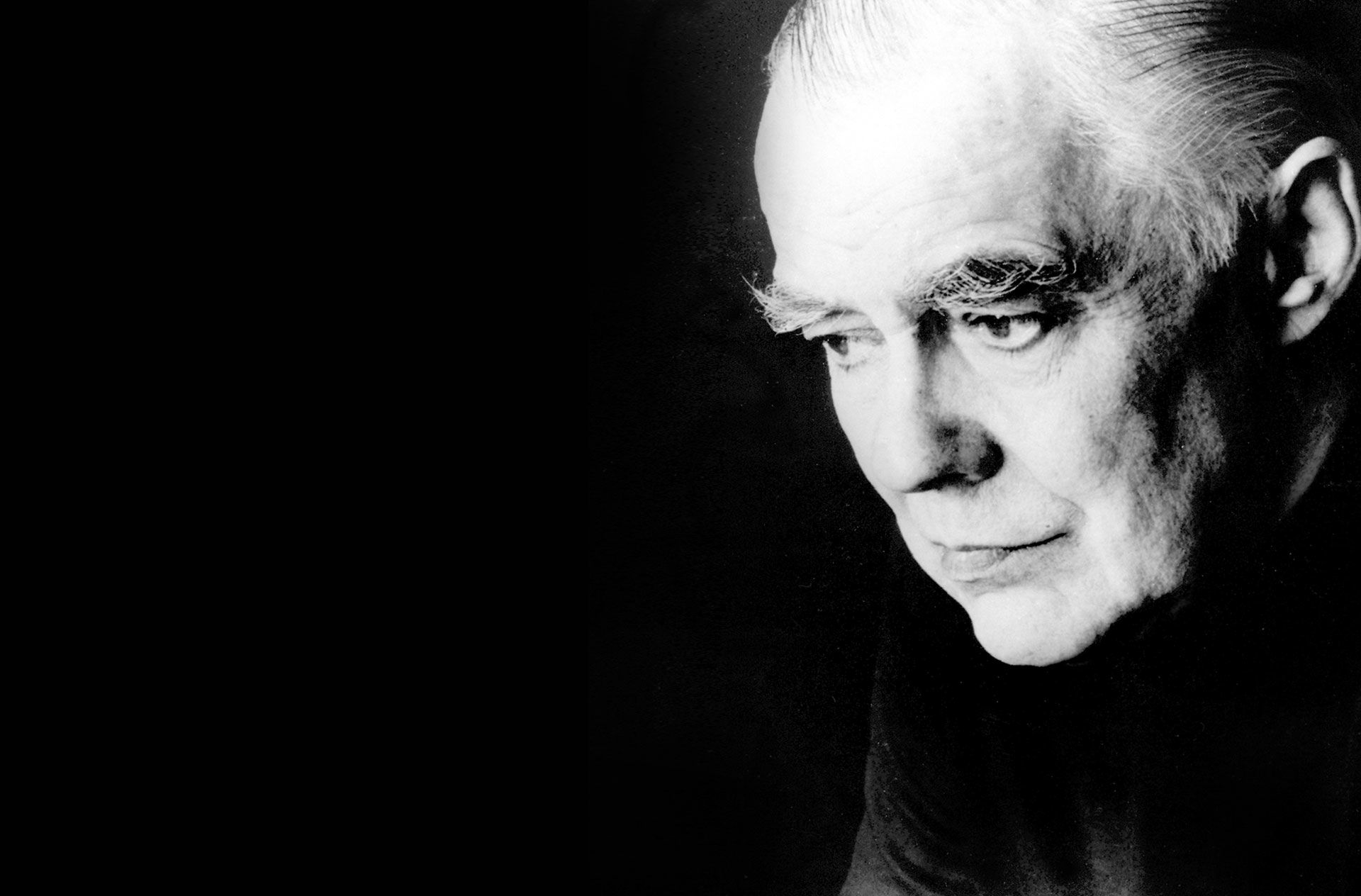
Sixten Ehrling 1974-1975
126 performances with the Gothenburg Symphony Orchestra. The conductor Sixten Ehrling was the principal conductor of the Gothenburg Symphony Orchestra when the orchestra was run as a company, together with Stora Teatern (the Grand Theatre). He had already in 1971 led the combined orchestras in a very successful performance of Aida with Birgit Nilsson at the Scandinavium arena. Sixten Ehrling had his breakthrough as a conductor in 1950 in Stockholm, with Stravinsky’s The Rite of Spring, a work that he also performed in Gothenburg in 1973 at a concert that was recorded for television. During the 1950s, he was the “förste hovkapellmästare” (the principal conductor and musical director) of the Royal Swedish Opera, but following a conflict left Sweden for the USA.
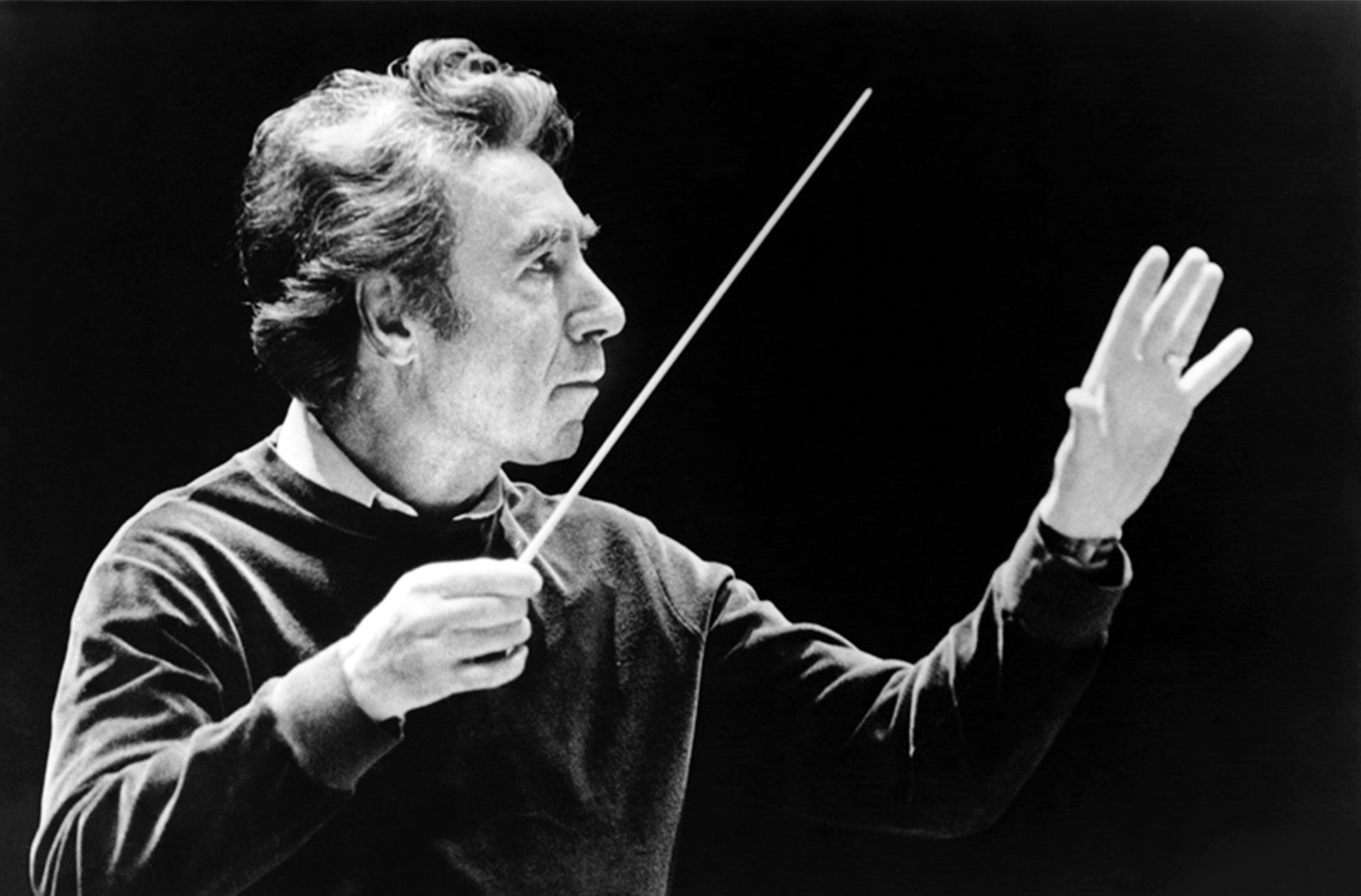
Sergiu Comissiona 1967-1972
149 performances with the Gothenburg Symphony Orchestra. The Romanian Sergiu Comissiona conducted the Gothenburg Symphony Orchestra for the first time at a summer concert in July 1966, and he was appointed already in October 1966 as the principal conductor, beginning in the autumn of 1967. With his strong background and international experience, he became an asset for the orchestra, which in the course of this collaboration developed new expertise. His high demands produced results: “A noticeable raising of the orchestra’s artistic standard has already been established”, the board wrote in its annual report for the period 1967-1968.
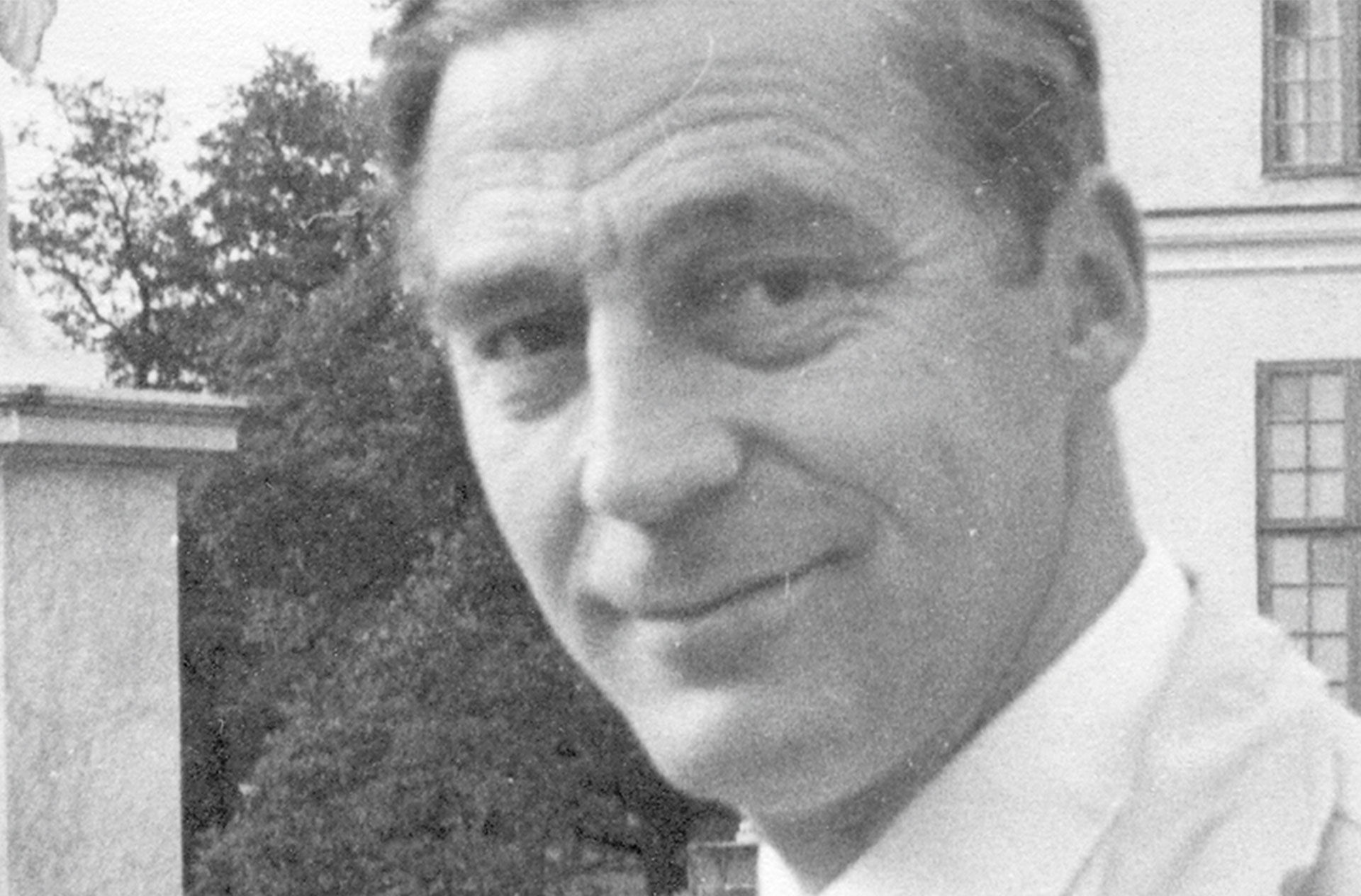
Sten Frykberg 1960-1967
226 performances with the Gothenburg Symphony Orchestra. Sten Frykberg, from Gothenburg, debuted as a pianist with the Symphony Orchestra in 1928, in Mendelssohn’s Piano Concerto No. 1 with Tor Mann as the conductor. In the period 1945–1960, he was the conductor of the Stockholm Radio Orchestra. After this long assignment, he was recruited to the position of huskapellmästare, the conductor and musical director, of the Gothenburg Symphony Orchestra, a position that he held until 1967, when he returned to radio in Stockholm. In the German tradition, the position of huskapellmästare entailed being responsible for leading the orchestra, being its head and acting as its secretary. Among Sten Frykberg’s initiatives was youth concerts on Sunday evenings, where modern music had an assured place.
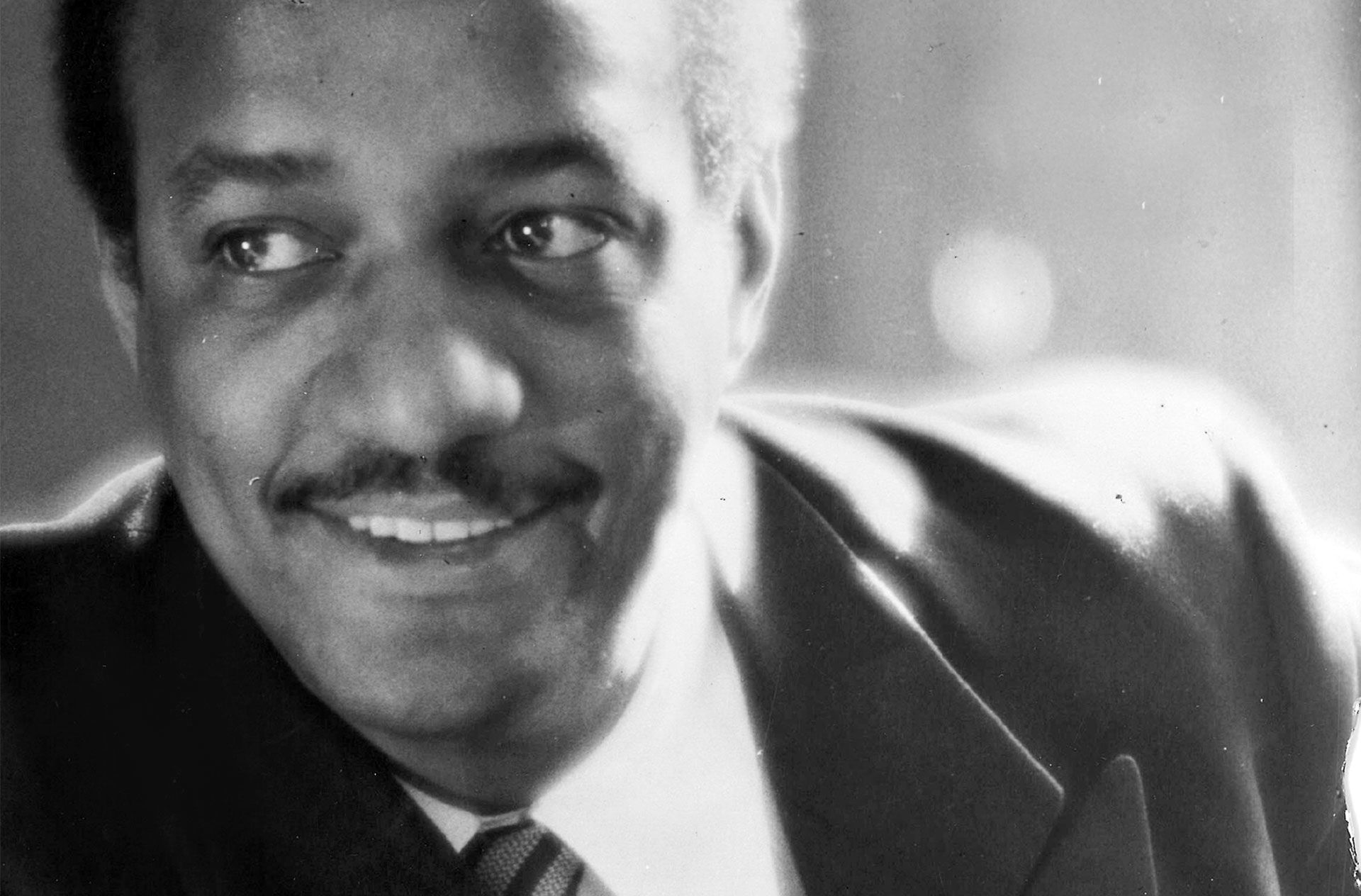
Dean Dixon 1953-1960
173 performances with the Gothenburg Symphony Orchestra. Dean Dixon was born in 1915 in New York, where he debuted as a conductor in 1938. At the start of the 1950s, he gave concerts in Copenhagen, Helsinki and Oslo, as well as Gothenburg, where he won the respect and liking of the orchestra. He was a knowledgeable, calm and thorough musician who was considered to be an ideal successor to the emotional Issay Dobrowen. His humanist attitude became apparent from the start of his term as the principal conductor.
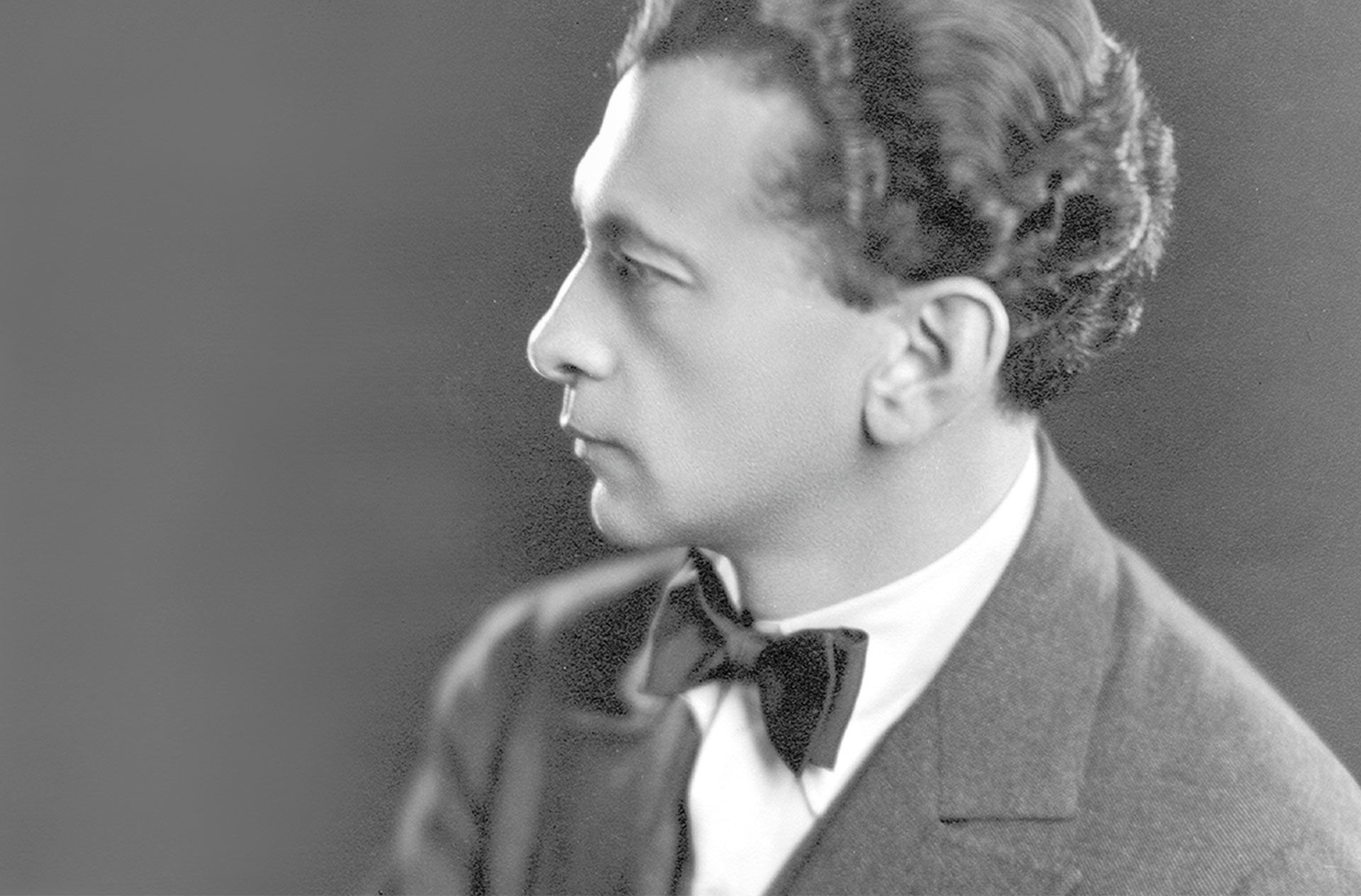
Issay Dobrowen 1941-1953
230 performances with the Gothenburg Symphony Orchestra. The Russian conductor Issay Dobrowen (18911953) was born to Jewish parents in Novgorod. He left the Soviet Union in 1922 and became a Norwegian citizen in 1928. Issay Dobrowen was both a conductor and a skilful pianist. On one occasion, he played Beethoven’s Appassionata for Lenin. He began his international career as a conductor with guest performances at the Berlin Philharmonic, the Vienna Philharmonic and the orchestras in Leipzig and Dresden.
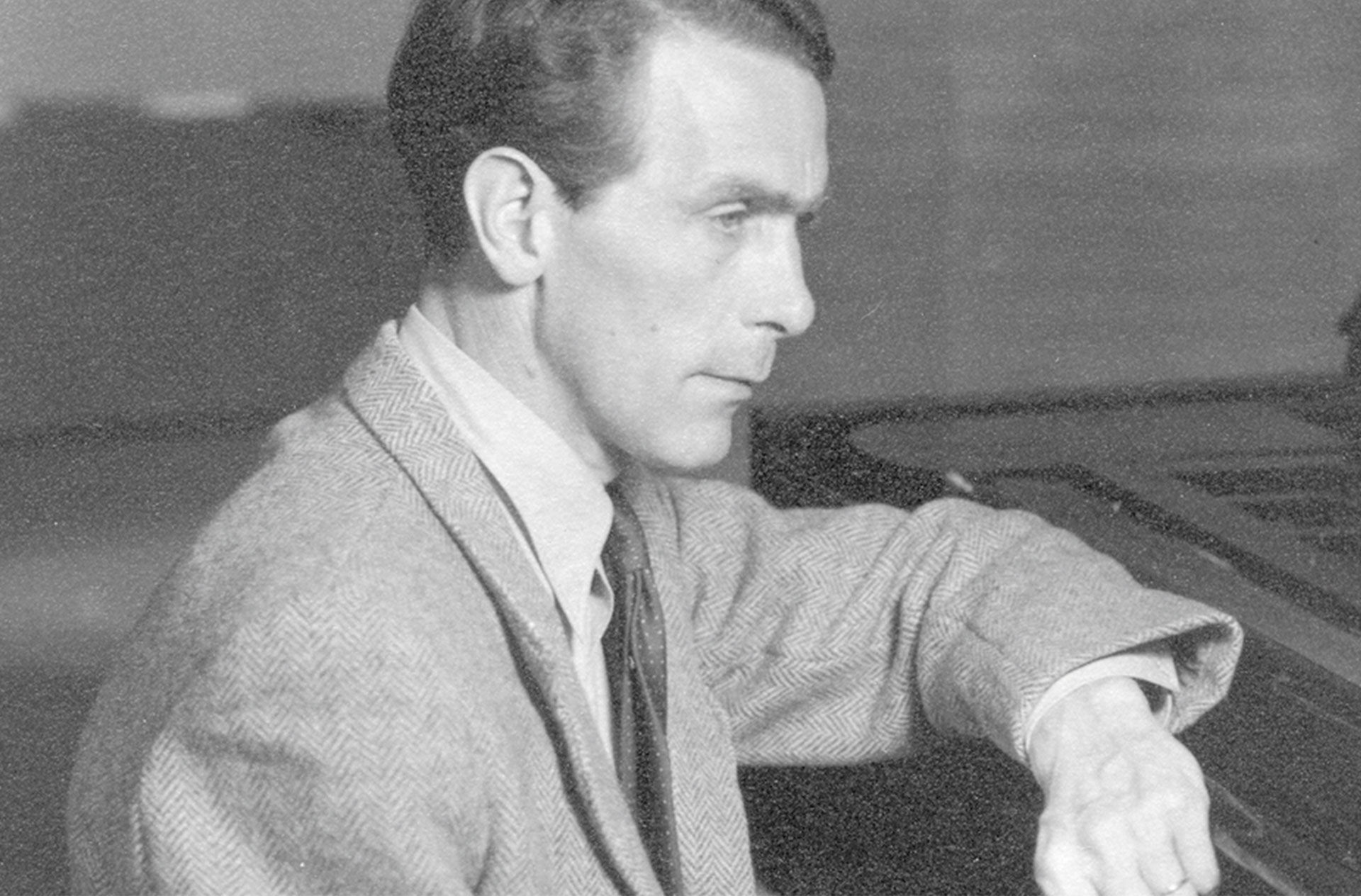
Sixten Eckerberg 1937-1970
Principal conductor of the Gothenburg Radio Orchestra. 762 performances with the Gothenburg Symphony Orchestra. Sixten Eckerberg (19091991), from Tranås in the Småland region, trained as a composer, a pianist, an organist and a conductor. He received his training in conducting from Olallo Morales (an assistant of Heinrich Hammer) and from the legendary Felix Weingartner in Berlin, and his training in the piano from the virtuoso Emil von Sauer in Vienna. In 1937, he was appointed as the principal conductor of the newly created Gothenburg Radio Orchestra, the name of the Symphony Orchestra when they performed live or recorded on the radio.
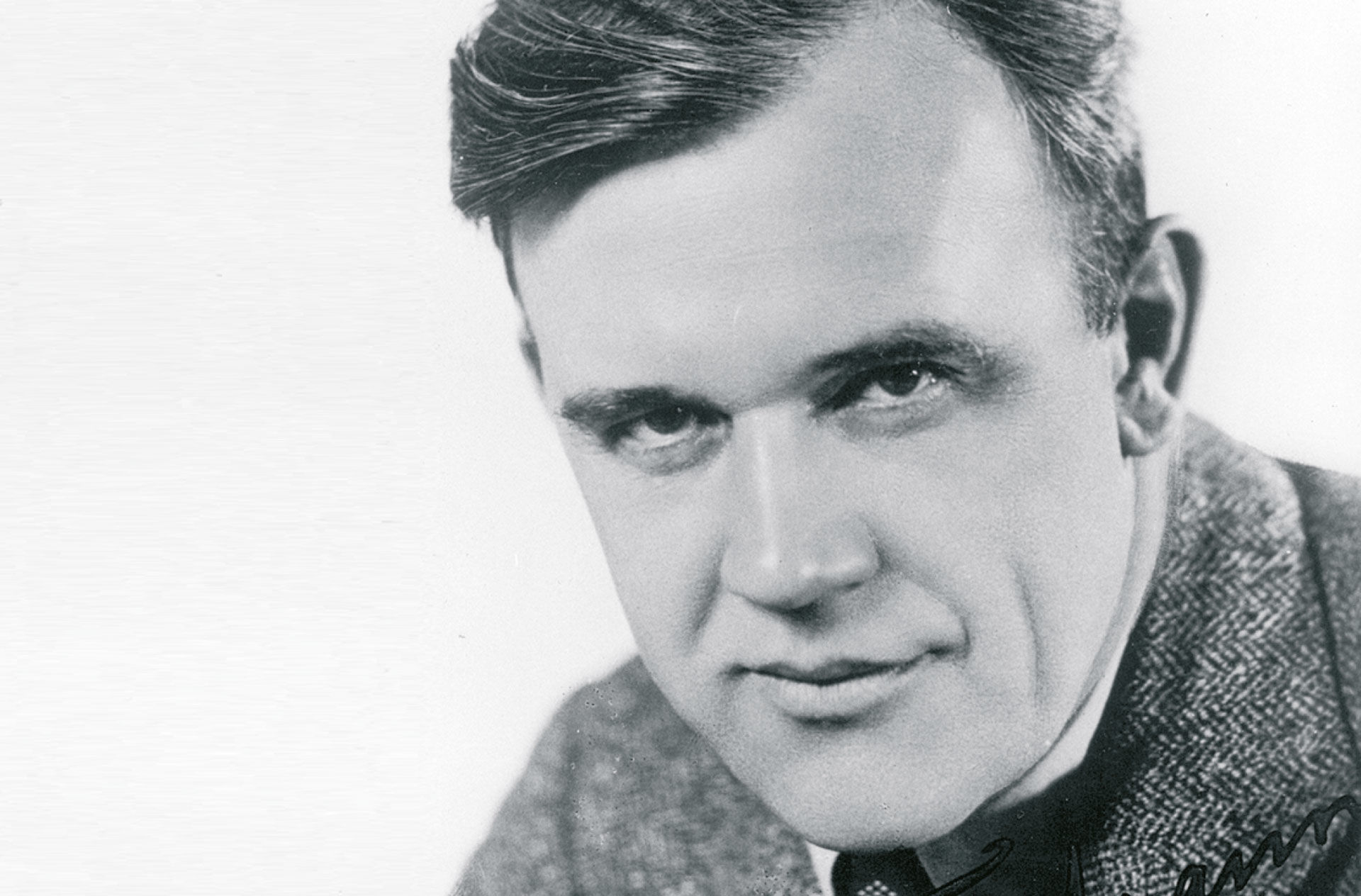
Tor Mann 1925-1939
802 performances with the Gothenburg Symphony Orchestra. After having trained as a cellist at the conservatory in Stockholm, Tor Mann (18941974) worked, among other places, at the Royal Swedish Opera. Following his conducting debut at Göteborgs orkesterförening (the Gothenburg Orchestra Society) in January 1920, he was considered to be among the most promising young conductors in Sweden. In the period 192022, he studied conducting in Berlin. He received several assignments from Göteborgs orkesterförening, and by the time of Rangström’s ignominious departure, he had already demonstrated that he was the right person for the position.
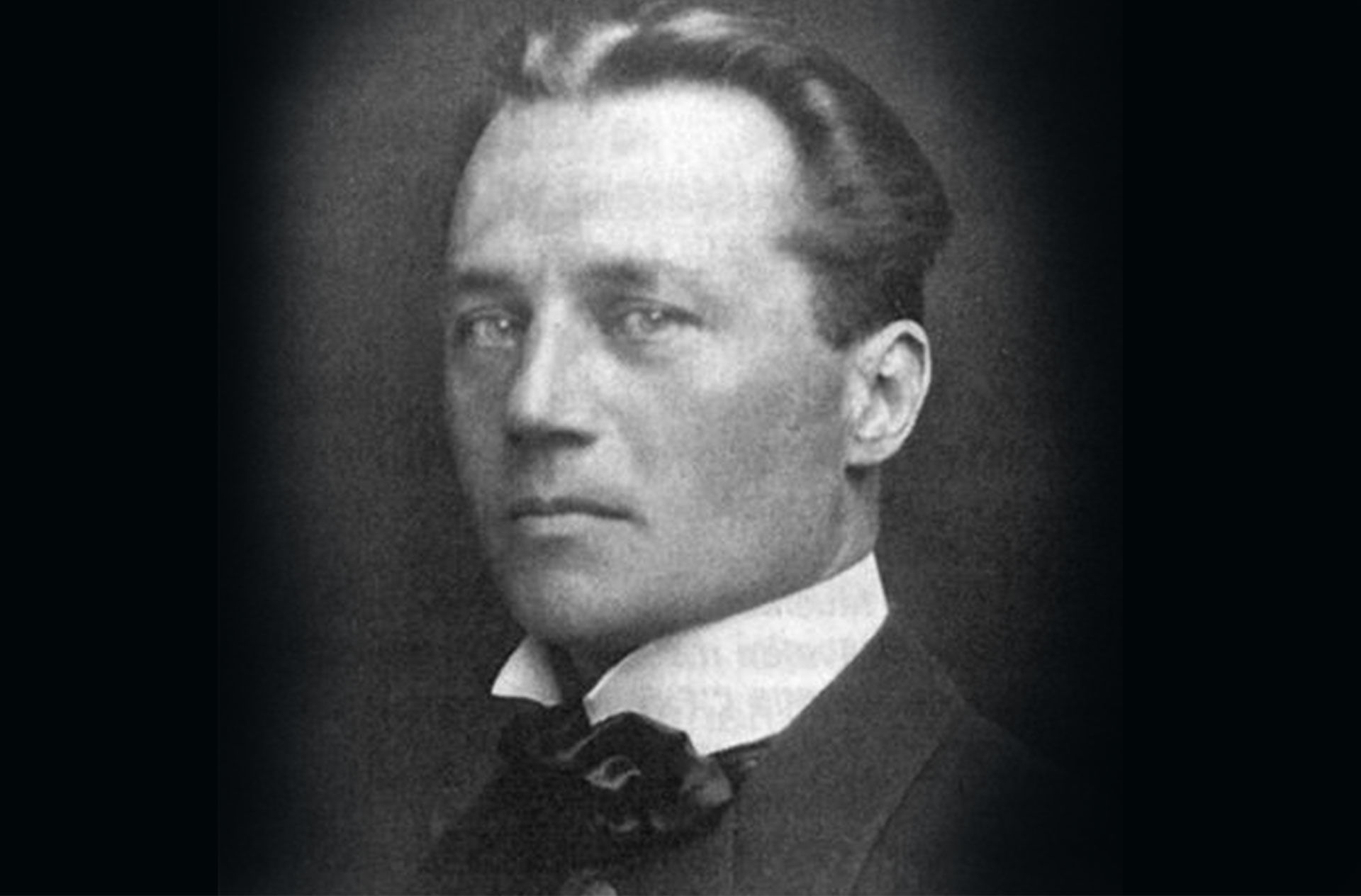
Ture Rangström 1922-1925
125 performances with the Gothenburg Symphony Orchestra. Ture Rangström (18841947) was an established composer, but mainly earned his living as a critic and an educator. Already in his initial contacts with Göteborgs orkesterförening (the Gothenburg Orchestra Society), he brought up his lack of skill as a conductor, but hoped that the profession could be “learned through its routines”. Despite misgivings on both sides, he received the position. Among Rangström’s ideas were to present in a series of concerts “the development of the symphonic arts up to the present” and “national concerts” with contemporary orchestral music from Denmark, Finland, France and England.
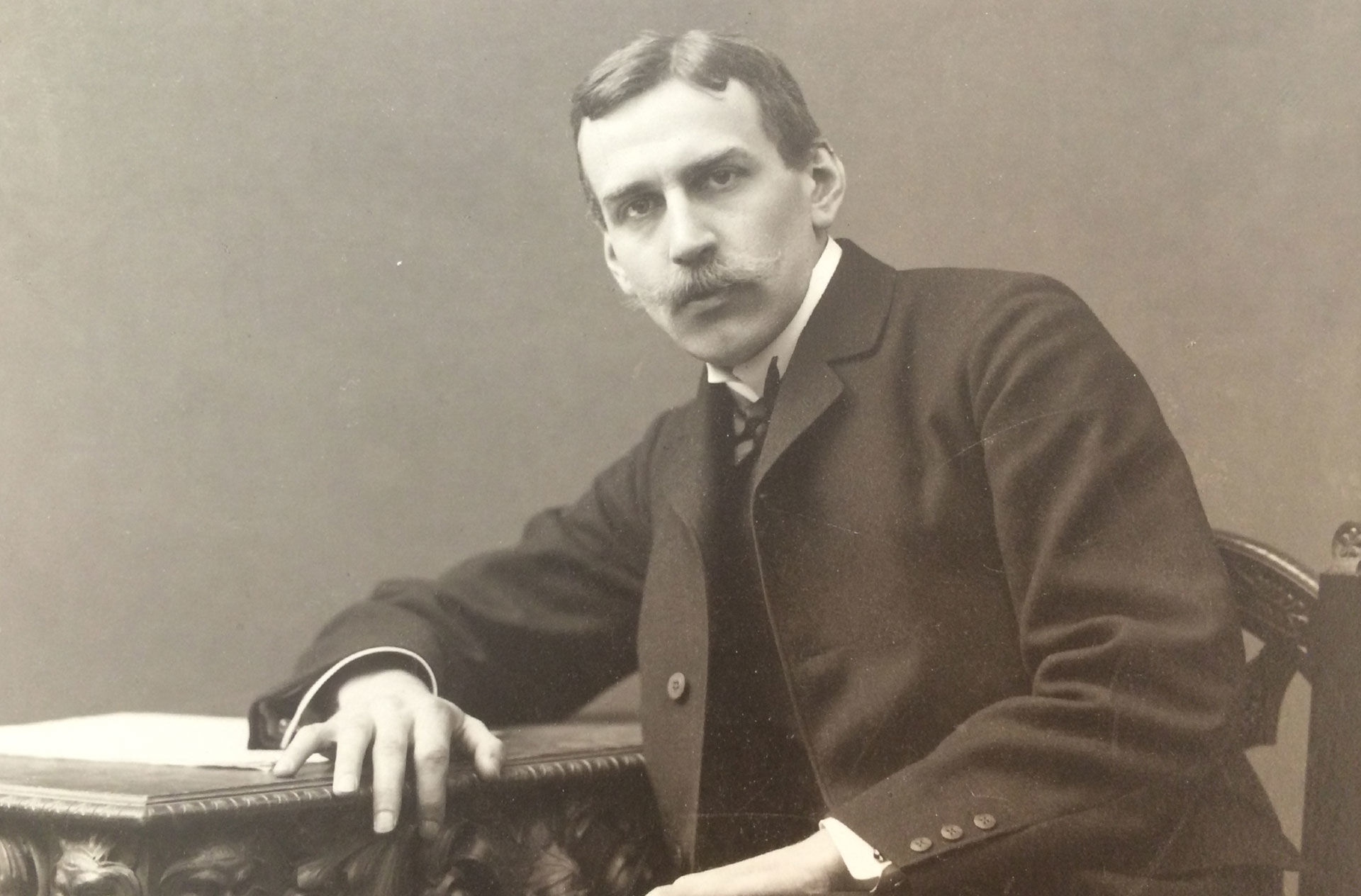
Wilhelm Stenhammar 1907-1922
641 performances with the Gothenburg Symphony Orchestra. Wilhelm Stenhammar (1871–1927), pianist, composer and conductor, was born in Stockholm. After making a career as a pianist, he came in the early 1900s to devote more time to composing. During a journey to Florence in 1906–7, he composed his second piano concerto and began his renowned orchestral serenade. In 1907, he was recruited to Göteborgs orkesterförening (the Gothenburg Orchestra Society), where his pioneering efforts during a period of 15 years produced a brilliant era in the orchestra’s history.
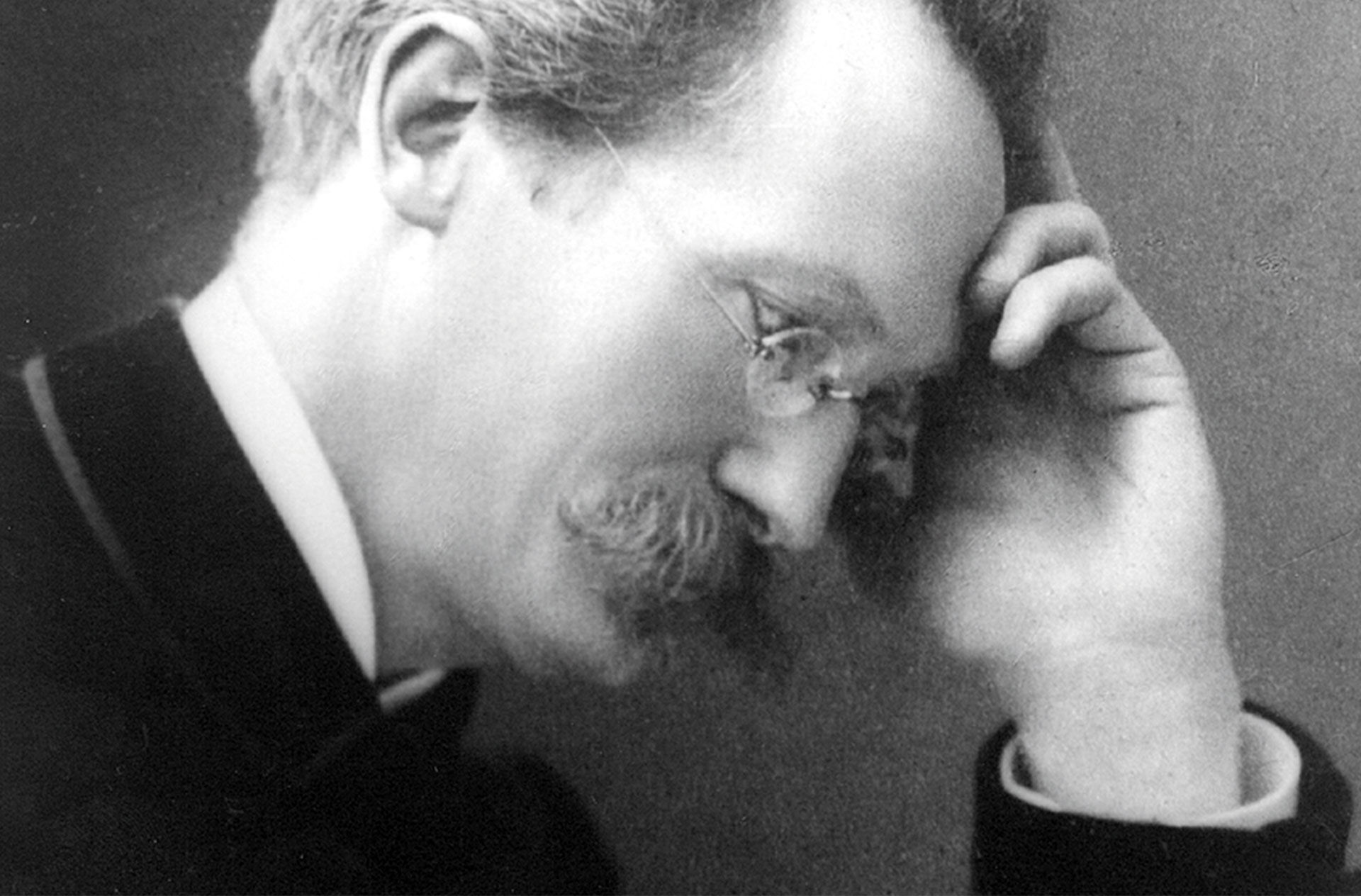
Heinrich Hammer 1905-1907
107 performances with the Gothenburg Symphony Orchestra. Heinrich Hammer (1862–1954), the first principal conductor of the Symphony Orchestra, began an association with Göteborgs orkesterförening (the Gothenburg Orchestra Society) after leading some trial concerts with temporarily hired musicians in the newly built Concert Hall at Heden in the spring of 1905. Heinrich Hammer was born in Erfurt in central Germany and studied the organ, the piano and harmony.
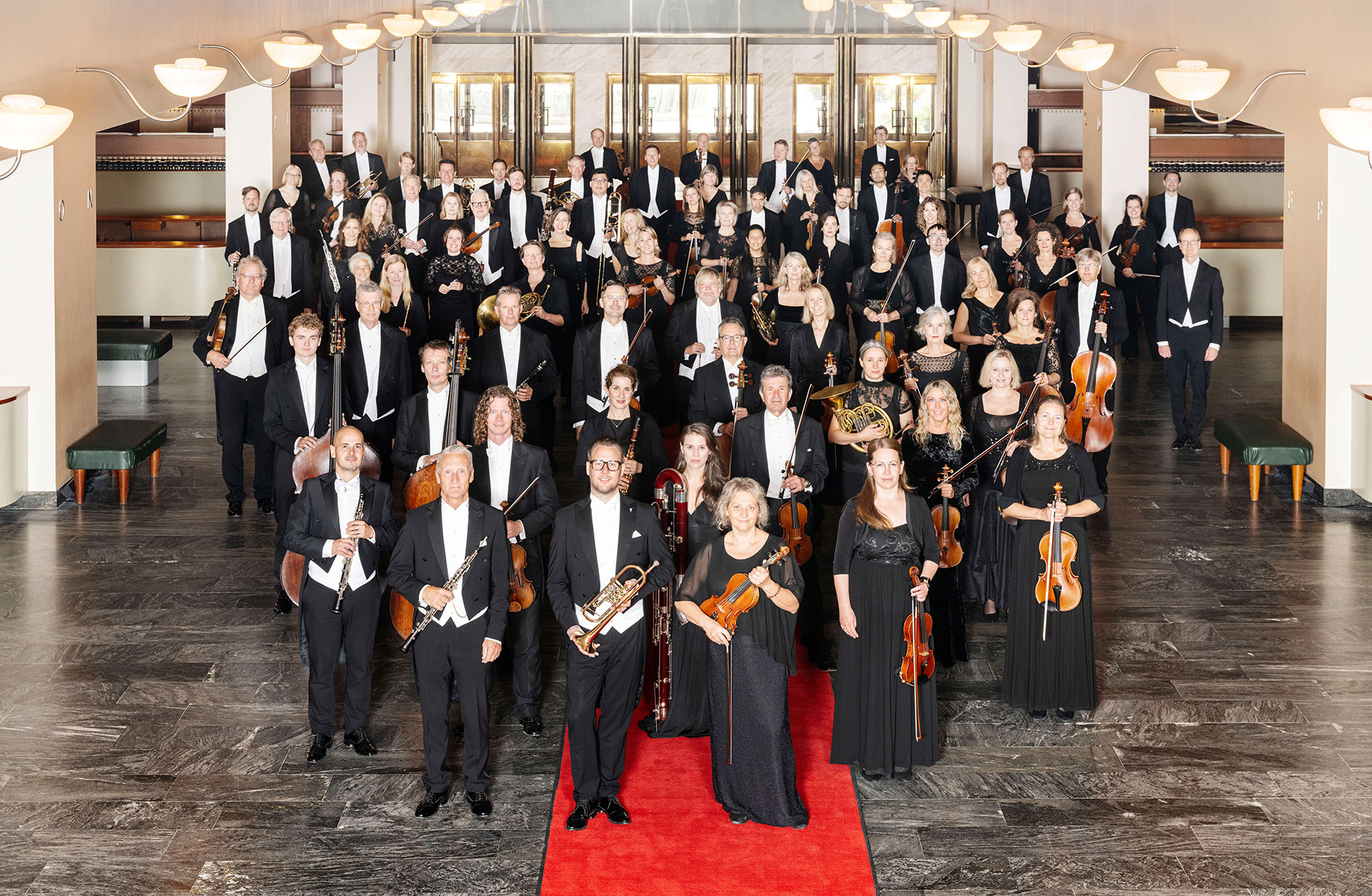
A truly wonderful experience
Gothenburg Symphony Orchestra consists of 109 musicians who are driven by their love of music and a desire to provide you with a truly wonderful experience that will live long in the memory. It is this passion and ambition that makes the Gothenburg Symphony Orchestra, the National Orchestra of Sweden, one of the world’s foremost orchestras.

